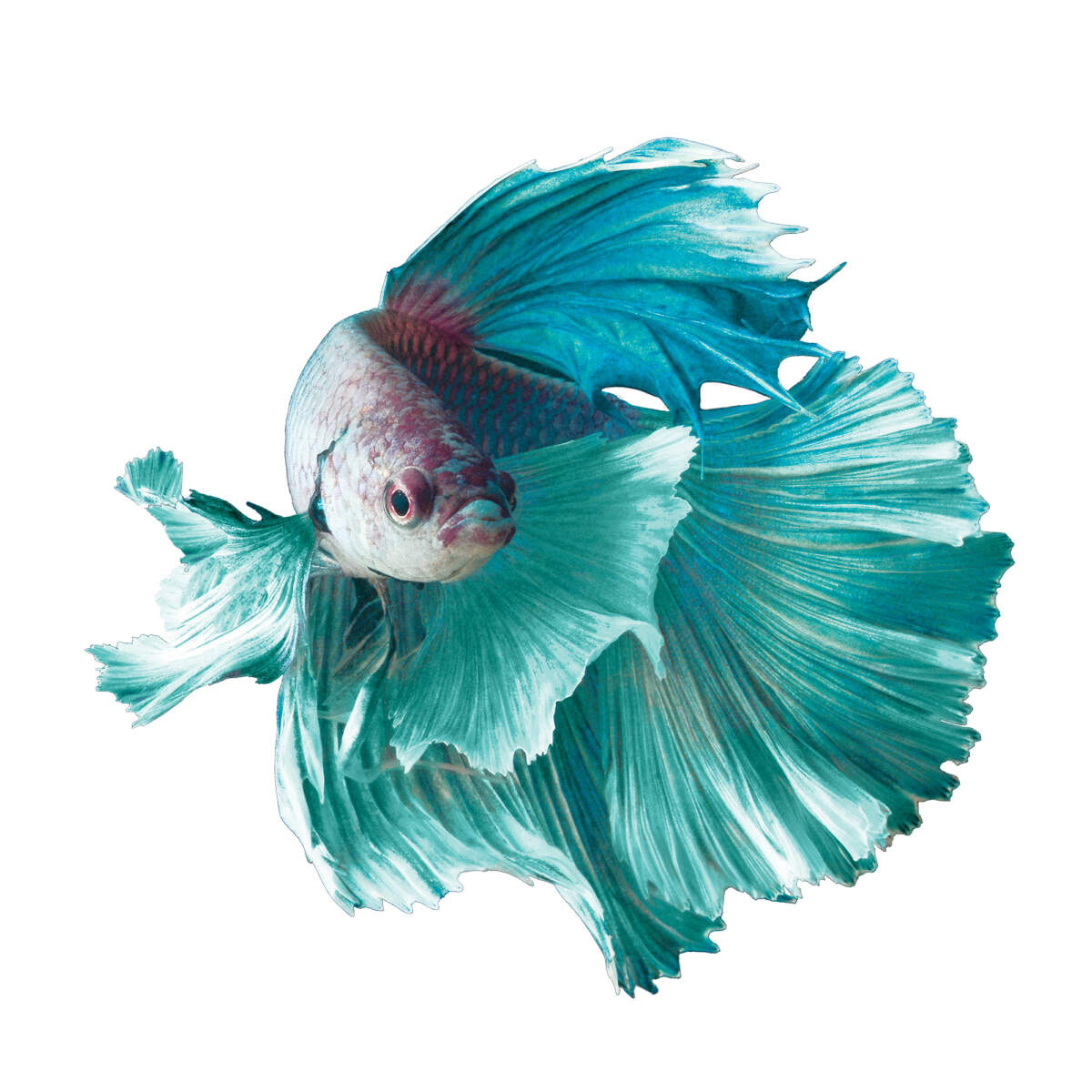Just how to Select the Right Betta Fish for Your Fish tank
Just how to Select the Right Betta Fish for Your Fish tank
Blog Article
Everything About Betta Fish: Comprehending Their Distinct Needs, Actions, and the Finest Practices for Optimal Care
Recognizing the distinct demands and behaviors of Betta fish is crucial for any type of aquarist wanting to give optimal treatment. These exciting creatures, indigenous to the cozy waters of Southeast Asia, exhibit unique territorial propensities and require certain ecological conditions to flourish. From picking the right tank size to acknowledging possible health problems, numerous variables considerably affect their health. As we discover these elements even more, the ramifications for both newbie and skilled fish keepers come to be significantly evident, increasing inquiries concerning how finest to fit these impressive fish in our homes.
Betta Fish Summary
Although often admired for their dynamic colors and flowing fins, Betta fish, medically referred to as Betta splendens, are intricate animals that need particular treatment to grow. Stemming from Southeast Asia, these freshwater fish are known for their territorial nature and unique behaviors. Betta fish show sex-related dimorphism, with males displaying extra brilliant shades and longer fins than females.
Their hostile propensities, especially among men, require careful factor to consider when housing them. Bettas are frequently kept in single-specimen containers to stop territorial disputes. They can exist together peacefully with particular suitable species in bigger community storage tanks, provided the setting meets their demands.

To make certain optimal care, aquarists should comprehend their special behavior attributes, nutritional demands, and environment needs. betta fish. With correct focus, Betta fish can show their lively individualities and prosper in a properly maintained fish tank setup
All-natural Habitat and Atmosphere
Betta fish thrive in a varied variety of natural habitats, largely located in the shallow waters of Southeast Asia, including rice paddies, swamps, and slow-moving streams. These settings are defined by warm temperatures, generally in between 75 ° F and 82 ° F(24 ° C and 28 ° C ), and a pH degree ranging from 6.5 to 7.5, which is ideal for their wellness and wellness.
In their natural environments, Betta fish are accustomed to dense vegetation, supplying both shelter and breeding premises. The presence of plants such as drifting water lilies and thick turfs not just uses protection from killers however likewise adds to the oxygenation of the water, which is important for their respiratory demands. Furthermore, these environments commonly have areas of still water, permitting Betta fish to exhibit their all-natural habits such as bubble nesting.
Comprehending the natural environment of Betta fish is vital for aquarium fanatics. Duplicating these problems-- with water temperature, pH balance, and the inclusion of real-time plants-- can substantially enhance the general wellness and durability of these captivating fish, ensuring they grow in a home aquarium setup.
Social Behavior and Interactions
Recognizing the social actions and interactions of Betta fish is important for successful fish tank monitoring. Betta fish, or Siamese combating fish, are recognized for their one-of-a-kind behavioral attributes, identified primarily by territoriality and aggression.
Conversely, female Bettas display less aggressive behavior and can coexist in groups, known as sororities, if introduced properly. It is vital to monitor their communications carefully, as pecking order and supremacy can lead to problems. Comprehending the dynamics within a Betta neighborhood is important; developing concealing spots and guaranteeing sufficient room can mitigate aggressiveness.
Furthermore, Betta fish may likewise present interest and social behaviors towards other species. While they can exist side-by-side with certain non-aggressive storage tank friends, it is vital to visit the site pick compatible types to prevent stress and anxiety and aggression. In general, acknowledging these social interactions is key to promoting an unified aquarium environment for Betta fish.
Crucial Treatment Guidelines
Supplying appropriate treatment for Betta fish is important to their health and well-being. To make certain a thriving setting, it is necessary to maintain optimum water problems. The water temperature level need to be kept in between 76 ° F and 82 ° F(24 ° C to 28 ° C), while pH levels must range from 6.5 to 7.5. Routine water adjustments-- approximately 25% weekly-- aid maintain water quality.
Betta fish call for a suitable storage tank dimension; a minimum of 5 gallons is suggested to offer adequate space for swimming and hiding. Include decors and plants to develop a revitalizing setting, but prevent sharp things that might damage their fragile fins.

Lastly, ensure the tank is outfitted with a filter to maintain the water tidy, however utilize a mild filter to prevent strong currents that can stress the fish. By following these vital treatment guidelines, proprietors can advertise a healthy and balanced and vivid Betta fish.
Common Health And Wellness Issues and Solutions
In the care of Betta fish, recognition of typical health problems is essential for preserving their wellness. To treat fin rot, boost water conditions and think about utilizing a broad-spectrum antibiotic.
Another usual disorder is ich, a parasitic infection characterized by white spots on the fish's body (betta fish). Therapy involves increasing water temperature level and including aquarium salt to the container, as this can help eliminate the bloodsucker
Swim bladder problem is likewise often observed, causing buoyancy troubles. This problem may occur from overfeeding or irregularity. A fasting period of 24-48 hours, complied with by a diet plan of blanched peas, can give relief.
Lastly, bettas might experience velour disease, indicated by a gold dust-like appearance on their skin. Therapy commonly requires medicine specifically designed for outside bloodsuckers, article along with boosted container health.
Regular monitoring of water specifications, maintaining a clean environment, and supplying a balanced diet are essential safety nets. By attending to these health issues quickly, Betta fish can lead healthier, much more vibrant lives.
Final Thought
In summary, effective betta fish treatment requires an understanding of their distinct requirements and behaviors. Routine tracking of wellness and water high quality, along with a balanced diet regimen, contributes to the durability and vibrancy of betta fish.
Report this page